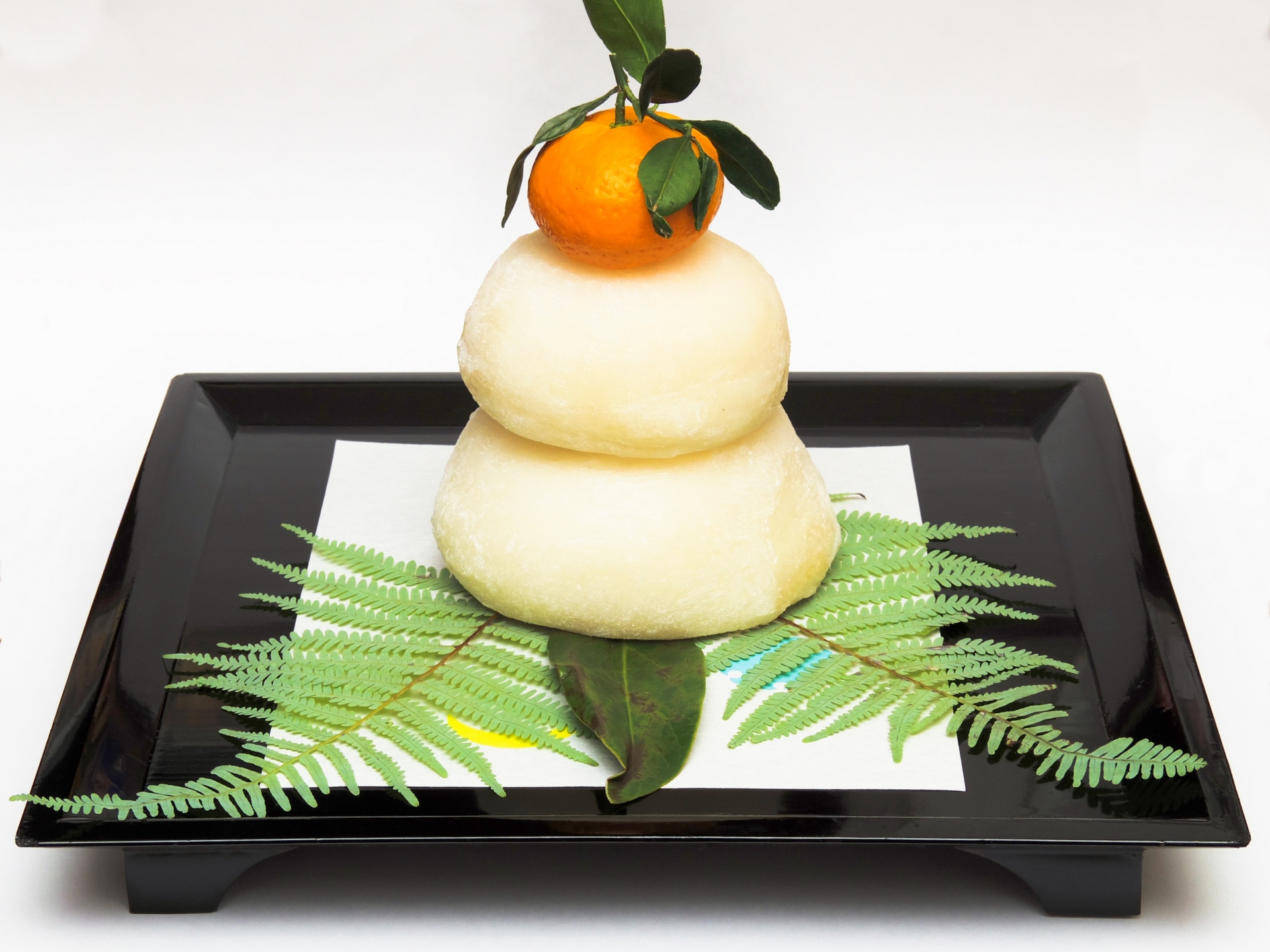Konnichiwa! As dawn breaks over Mount Fuji, Japan welcomes Shogatsu, the New Year, with ancient traditions and vibrant festivities. For the Japanese, this isn’t just a new year; it’s a fresh beginning, a chance to cleanse the slate and embrace prosperity.

Planning a trip to Japan?
From Emperors to Everyone: A Historical Glimpse
The roots of Japanese New Year can be traced back to ancient agricultural festivals, where prayers were offered for bountiful harvests and good fortune. The imperial court, however, had its own elaborate rituals, celebrating the transition of power and the renewal of the cosmos. By the 8th century, these imperial customs merged with folk traditions, giving birth to the Shogatsu we know today.
Over the centuries, Shogatsu evolved, adapting to changing times and influences. The adoption of the Gregorian calendar in 1873 ushered in a new era, marking January 1st as the official New Year’s Day. Yet, the spirit of the old calendar, with its focus on lunar cycles and seasonal changes, remains woven into the fabric of modern celebrations.

Leading Up to the New Year
Before Shogatsu begins, the lead-up to Shogatsu is a flurry of activity. Many people in Japan observe the following traditions as a way of cleansing for the New Year and preparing for a new start.

Three Days of Festivity: A Time for Family and Traditions
Shogatsu is not just New Year’s day in Japan. It is a 3 day event starting New Year’s day, filled with traditions and time spent with family. Traditionally, families feast on Osechi ryori for all three days.
The Three Days Explained
Osechi Ryori
Osechi ryori is a traditional Japanese New Year’s cuisine consisting of a variety of meticulously prepared dishes, typically served in beautifully decorated lacquerware boxes called jubako. Each dish in the Osechi ryori has symbolic significance, representing wishes for health, prosperity, happiness, and longevity in the coming year.
The dishes included in Osechi ryori vary depending on regional and family traditions, but some common components may include:
These are just a few examples of the many dishes that can be included in Osechi ryori. The preparation and presentation of Osechi ryori are highly traditional and often involve elaborate techniques to create visually stunning arrangements that reflect the spirit of the New Year.
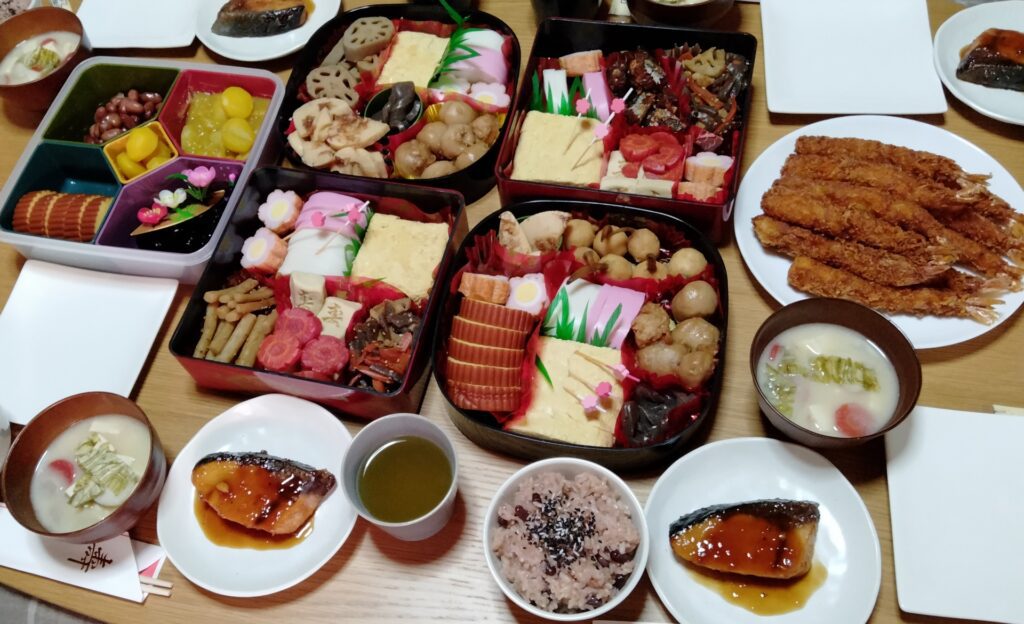
Osechi ryori is typically prepared in advance and enjoyed over the first few days of the New Year, allowing families to relax and celebrate without the need for extensive cooking during this special time. It’s not only a delicious culinary experience but also a deeply meaningful tradition that brings families together to welcome the New Year with hope and auspicious wishes.
Beyond the Feast: A Tapestry of Rituals and Revelry
Shogatsu is more than just delicious food; it’s a tapestry of traditions that weave together faith, family, and fun:
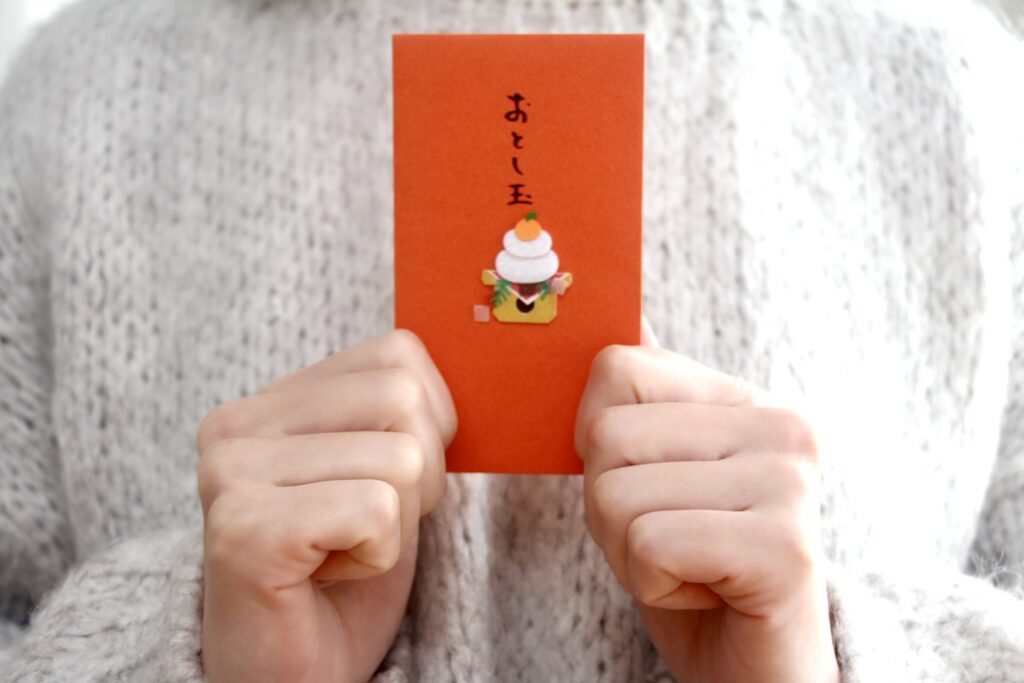
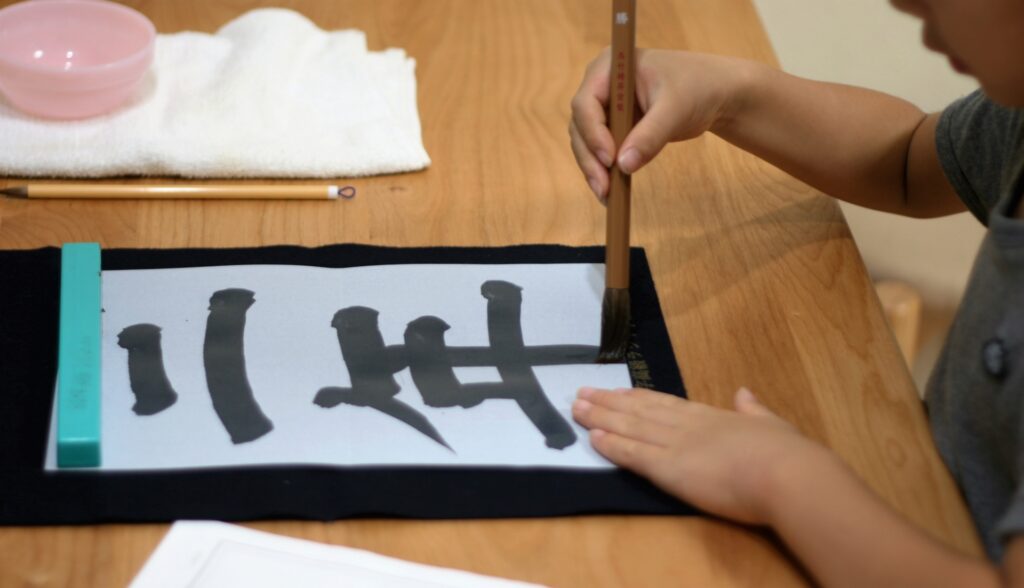
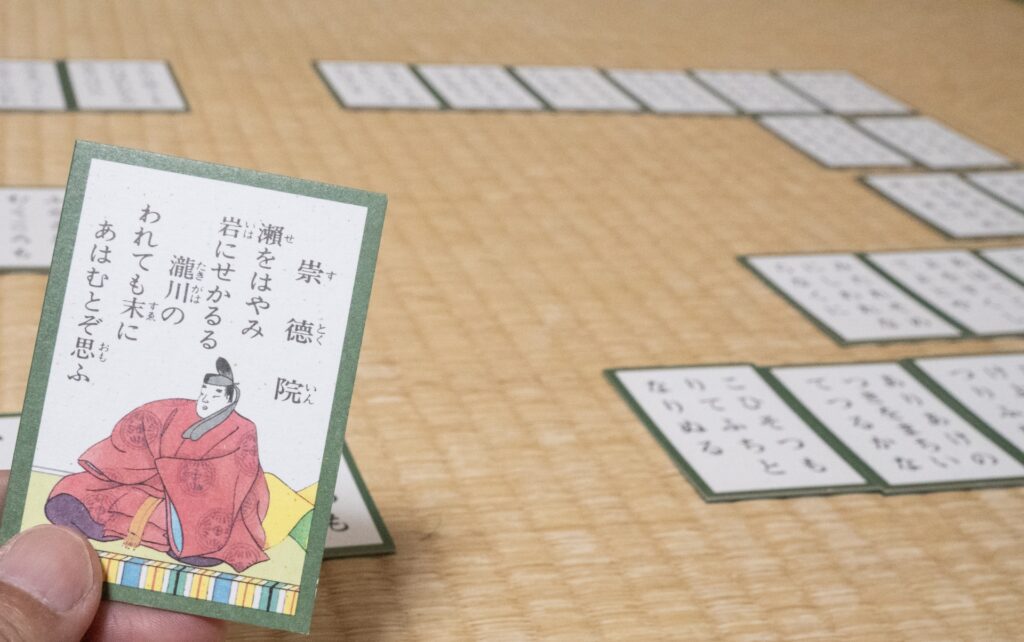
The Essence of Shogatsu – A Celebration of Hope and Renewal
Japanese New Year is more than just a holiday; it’s a cultural tapestry woven with ancient traditions and modern celebrations. It’s a time to connect with loved ones, express gratitude, and embrace the promise of a fresh start. As the bells toll at midnight, marking the arrival of the new year, a sense of joy and anticipation fills the air. It’s a reminder that every year holds the potential for new beginnings, and that with hope and dedication, we can weave a brighter future.

Summing it Up
So, whether you’re planning a trip to Japan, the land of the rising sun, to experience this vibrant celebration firsthand or simply want to incorporate some of its traditions into your own New Year’s festivities, remember that the essence of Oshogatsu lies in the spirit of renewal, family, and the promise of a fresh start. Let the joy of Japanese New Year wash over you, and embrace the magic of a new year filled with possibilities.
Beyond the borders of Japan, Shogatsu has captivated the world with its unique blend of tradition and modernity. It’s a testament to the enduring power of human connection and the universal yearning for a new beginning. So, as the clock strikes midnight on December 31st, and the world prepares to usher in a new year, take a moment to appreciate the rich tapestry of Japanese New Year. Let the spirit of Shogatsu, with its focus on family, renewal, and hope, inspire you to create your own unique traditions and celebrate the new year with a grateful heart and a joyful spirit.
Disclaimer: If you use the link on this page to purchase travel insurance, we will receive a fee from Freely, a brand of Cover-More Insurance Services Pty Limited ABN 95 003 114 145 (AFSL 241713) (Cover- More). We do not act for Cover-More or Freely. The information provided is only on the availability of Freely products. We do not give advice & the information provided is not intended to give an opinion or recommendation regarding the product. For information on how to contact Cover-More or Freely refer to the PDS, FSG & TMD which can be found on the Freely website.

